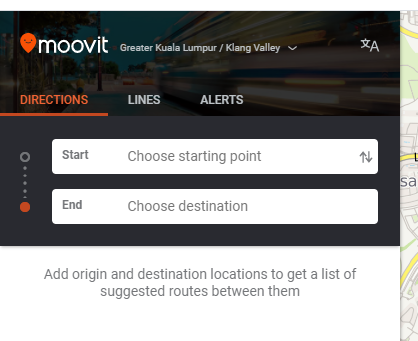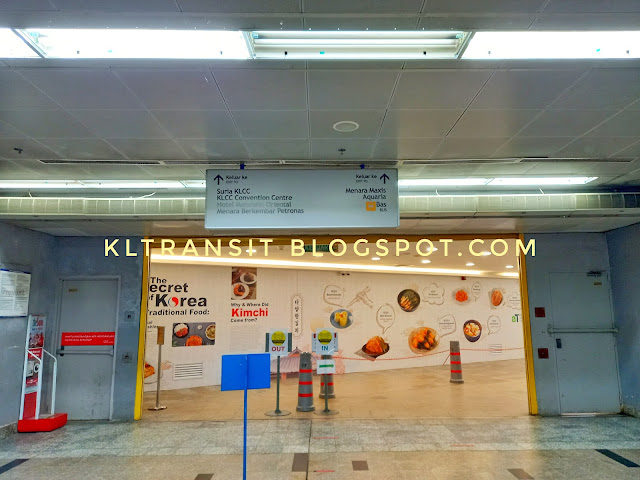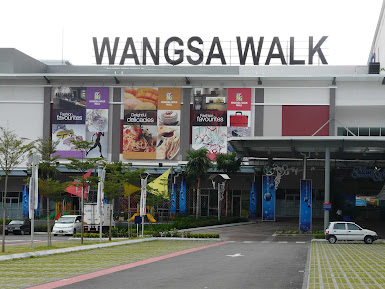The KL-SG HSR Story
The idea of the Kuala Lumpur-Singapore High Speed Rail was
initiated through the Economic Transformation Programme to transform Malaysia
into a high-income nation. The KL-SG HSR is an alternative travel mode between
two of Southeast Asia’s most vibrant and fast-growing economic engines.
The iconic project will include 7 stations in Malaysia –
Bandar Malaysia, Sepang-Putrajaya,
Seremban, Melaka, Muar, Batu Pahat and Iskandar Puteri,
before reaching its last destination in Jurong East, Singapore.
The connectivity will enable businesses to be more
productive and access a broader market place, while the public will enjoy an
improved travel experience of shorter travel time (90 minutes from KL to
Singapore) and a comfortable ride, through the HSR’s city centre to city centre
connection along the corridor.
The KL-SG HSR is more than just a transportation
project – it is an impetus towards socio-economic development in Kuala Lumpur
and the intermediate cities along the HSR corridor, starting with economic
clusters centred
MyHSR
 |
| Photo - MyHSR |
Malaysia will honour KL-Singapore HSR obligations following
project's cancellation: Minister
KUALA LUMPUR: Malaysia will honour its obligations under the
Bilateral Agreement for the cancelled High-Speed Rail (HSR) project, Minister
in the Prime Minister's Department Mustapa Mohamed said on Friday (Jan 1).
 |
| Mustapha Mohamed |
The Singapore and Malaysian governments had on Friday
announced the termination of the HSR project following the lapse of their
agreement on Dec 31, 2020.
“By virtue of the Bilateral Agreement and previously agreed
terms, Malaysia will honour its obligations under the Bilateral Agreement. Both
countries will initiate the necessary to determine the amount of compensation.”
He said that the COVID-19 pandemic had severely impacted the
Malaysian economy, and that the terms of the Bilateral Agreement signed in 2016
were no longer viable for Malaysia given the current economic situation.
 |
| Photo - MyHSR |
“Since late 2018, the government has explored a number of
alternatives to reduce the cost of the Kuala Lumpur–Singapore High Speed Rail
(HSR) project. This has become more urgent with the onset of the COVID-19
pandemic.”
Mr Mustapa added that since mid-2020, the government of
Malaysia had proposed some changes to the project, including the project
structure, alignment and station design.
The original project structure, he said, would have required
substantial and long-term government guarantees.
“The new project structure is expected to provide the
Government the flexibility in financing options, such as deferred payments,
public-private partnerships and the possibility of accessing financing at
favourable rates,” he said.
CNA



































